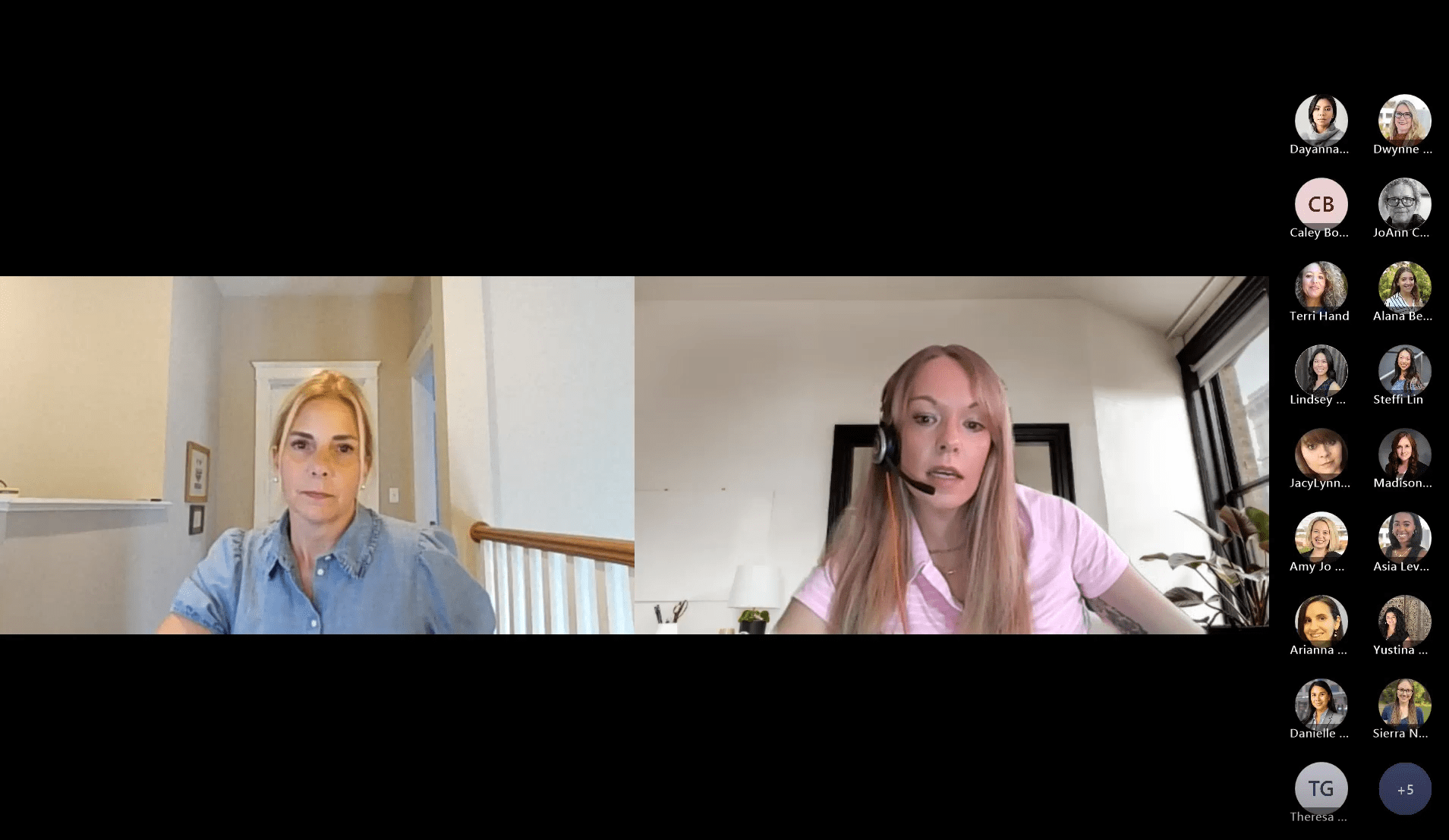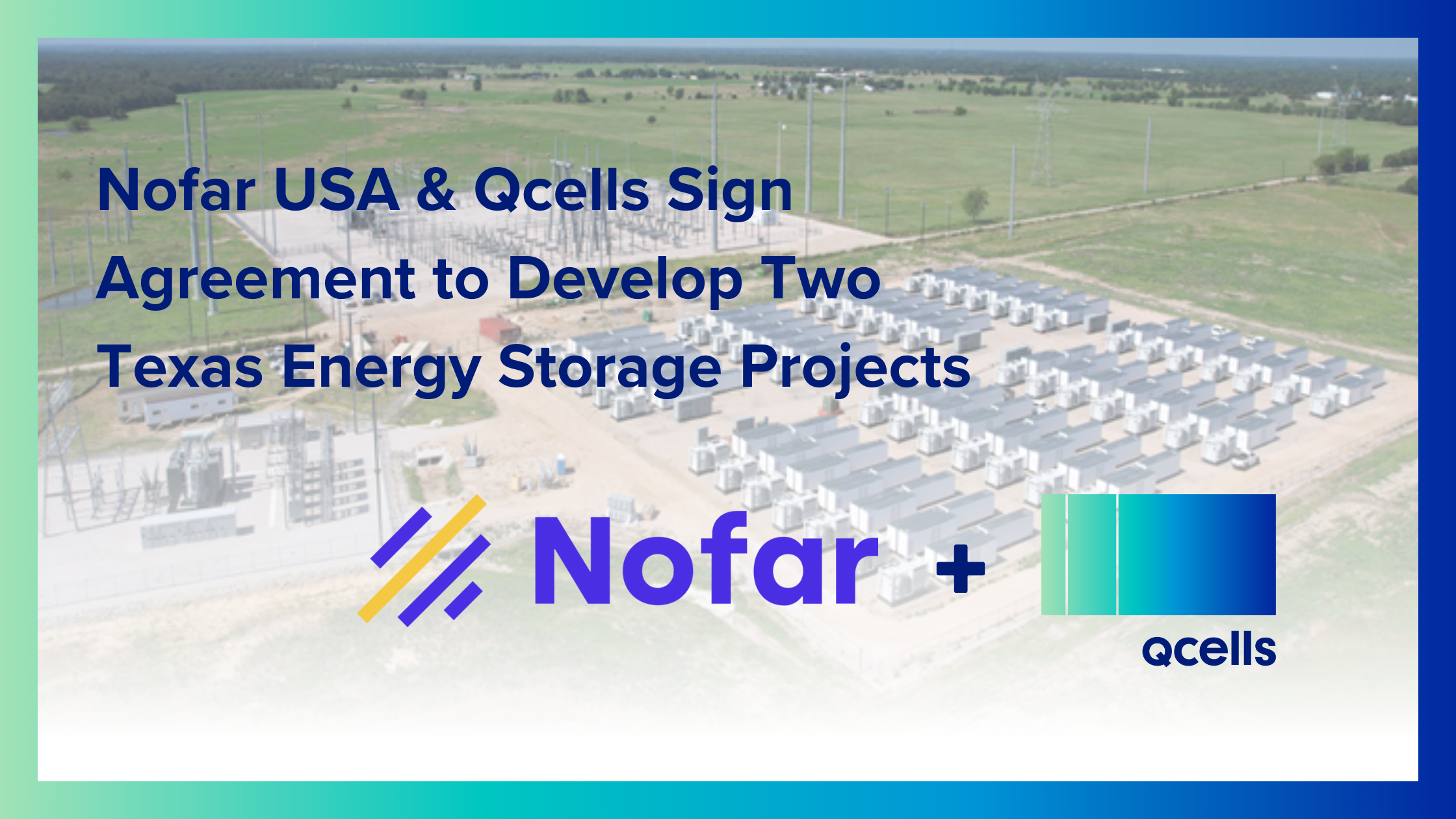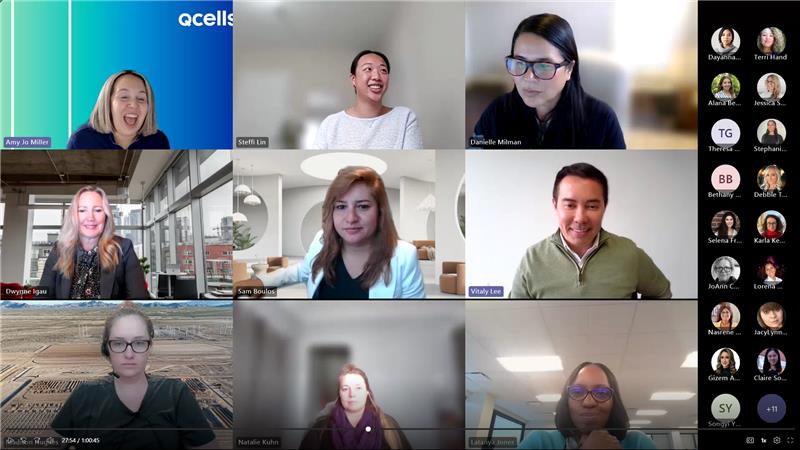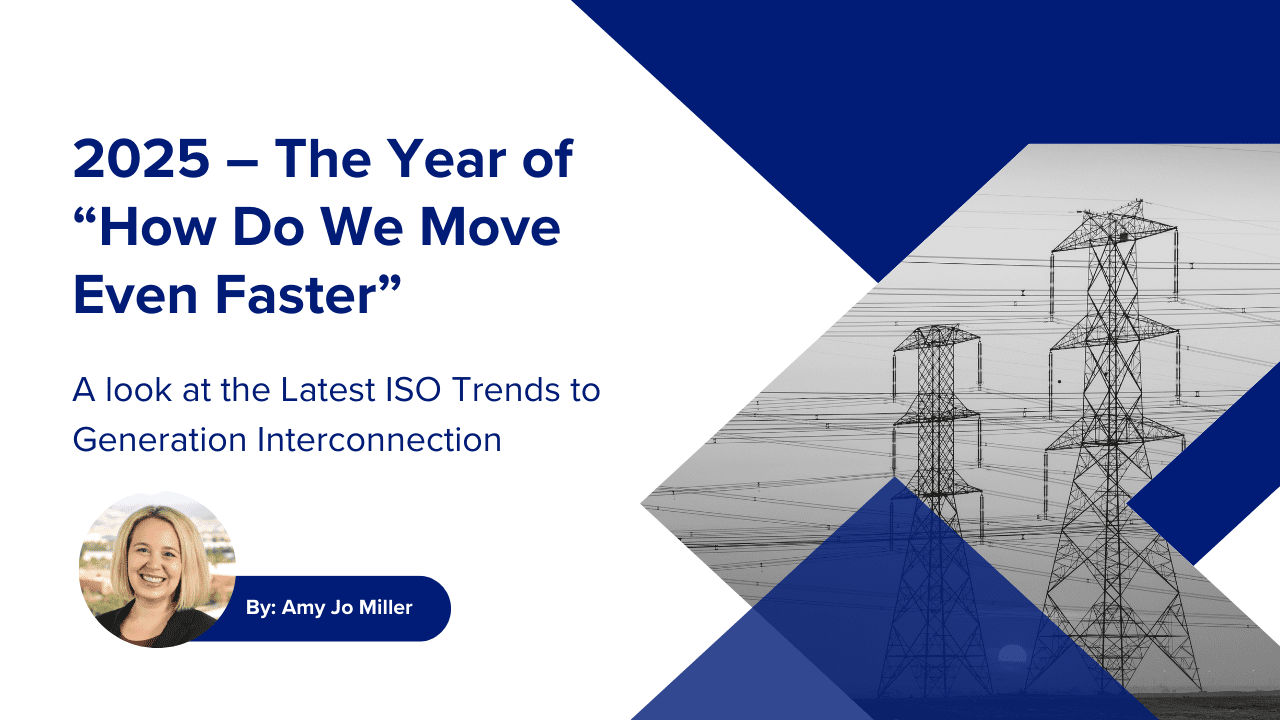Vitaly Lee of Q CELLS USA as well as other renewable developers and investors recently attended the Solar + Wind Finance and Investment Summit. The event was a combined solar and wind summit providing industry stakeholders and decision-makers the platform to discuss updates in project finance as well as insights into upcoming market trends.
The Summit was held in Scottsdale, Arizona on Mar 6-9, 2022 at The Westin Kierland Resort and Spa and proved to be the premier source for information gathering.
Of the multiple panels and discussions at the summit, Vitaly Lee, Chief Development Officer at Q CELLS USA Corp. held a panel discussion titled: Developer Perspectives on Solar/Wind Challenges & Opportunities.
The panel discussion session focused on the current project execution landscape for developers and what the market will look like for projects starting construction in 2022 and beyond. It also highlighted changes that have influenced the development landscape and explored issues created by the COVID-19 pandemic and Winter storm Uri.
Along with other top developers, the panels addressed how they are dealing with capital markets and slowdowns in equipment deliveries and labor, current off-take structures, and shared their predictions for the future.
Key Conference Takeaways:
- Merchant Projects Impacting Underwriting
- More merchant dominant projects, particularly in the battery sector, are expected to come on-line soon. Lenders are looking at ways to meet the financing demands for such projects, but a universal approach is infeasible. Market by market variables will impact underwriting and a portion of projects being contracted is still going to be the standard, with ERCOT projected to allow the most flexibility.
- Wind Still Playing Significant Long-Term Role
- Renewable ambitions through 2050 still assume that wind projects will account for 40% or more of the projects coming online. Offshore wind projects will continue to be developed and more complex JV partnerships and finance structures are expected to arise to meet the capital needs for such expensive projects, of which we are seeing leases/licenses alone auctioned for over $1B.
- Team Experience Key to Lenders
- With the rise in costs and supply chain issues, project economics continue to be challenged e. Lenders are more than ever taking into consideration the credibility of the developer, development teams, and their experience. Experienced people are proving to be an important commodity within the industry that is growing quickly under volatile cost demands.
- PPA Pricing
- PPA prices continue to increase as costs continue to rise and as corporate offtakers compete to meet their renewable energy goals.
- Broken Supply Chains
- The industry is already seeing a substantial amount (estimated at ~20-30%) of ’22 projects being pushed to ’23 because of broken supply chains and labor shortages. The war in Ukraine is likely to exacerbate this.
- Changing Solar Deals
- Some Sponsors are now trying to push for the option to switch solar deals from ITC to PTC if BBB (or comparable legislation) passes.
- Rising Costs
- Escalating costs are creating complications for developers with stockpiled safe harbor equipment as such equipment may no longer meet the safe harbor criteria.
- Project Delivery Trumps Changes in PPA Pricing
- Inflation wasn’t something most buyers were prepared for. PPAs are upside down and project costs continue to rise. Because of the goals to go green, the corporate PPA is less sensitive to price but certainty to achieve commercial operation dates are critical.
- Incorporating Battery Storage
- There’s strong interest in battery storage. Nearly every investor, lender, developer seems to have battery storage in mind. Battery storage continues to be incorporated into many transactions and will only increase as renewable penetration and pricing volatility increases.
- Valuing Storage is Inconsistent
- Investors, when asked how they value storage, did not have a consistent answer. Lenders did not have a consistent underwriting criterion as they do for solar PV. Although energy storage is here to stay, what it takes to determine the value of a project is depends on each project, ISO/RTO, revenue streams, rather than building upon previous protocols experienced with wind and solar.
- M&A in High Demand
- The M&A market continues to be hot. There is a plethora of strategic acquisitions and divestitures in the renewable energy space. Buyers seek projects, portfolios, and platforms that plug holes in development pipelines, allows Buyers to leapfrog past delayed interconnection queues by acquiring late-stage assets, allows Buyers to monetize assets more quickly, or Buyers with limited renewable energy development exposure can simply acquire an existing platform as an entry to the industry, The M&A market is expected to maintain this momentum even in an environment of interest rate increases.
The summit is widely recognized as the foremost event for leading industry players to gain insight into the year ahead and was an opportunity for key players in the renewable industry to network. Judging from the high attendance and exuberance at the conference, the solar industry will continue to grow rapidly. However, supply chain limitations and policy uncertainties will impact the growth.





 USA & Canada
USA & Canada Korea
Korea Germany
Germany United Kingdom
United Kingdom France
France Italy
Italy Netherlands
Netherlands Greece
Greece Poland
Poland Portugal
Portugal Hungary
Hungary Spain
Spain Japan
Japan